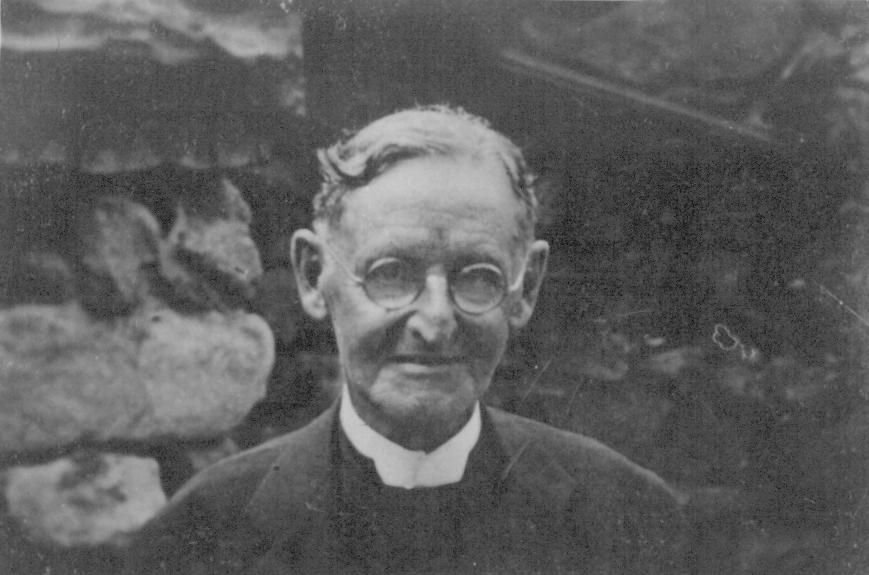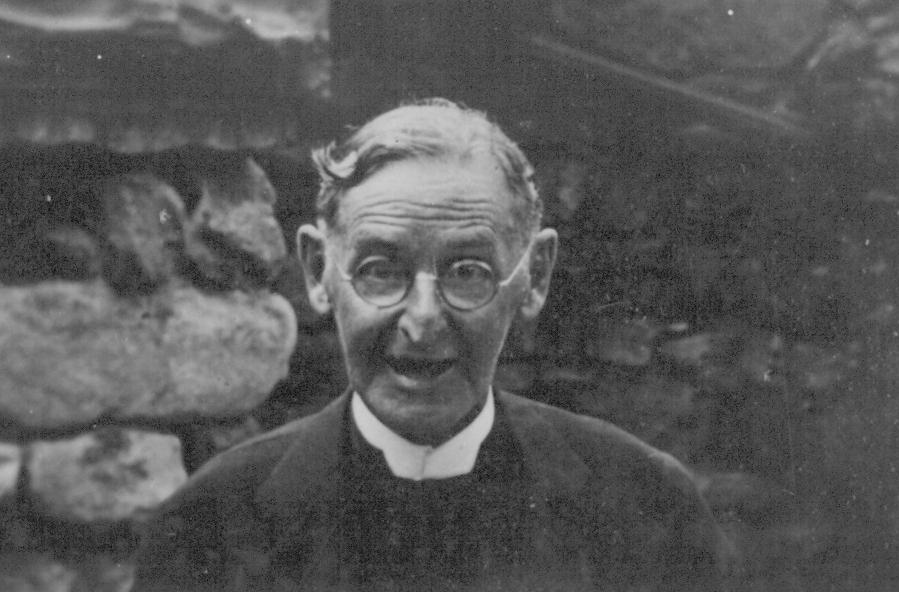By Jeremy Dibbell
The micro-blogging site Twitter wasn’t around in John Quincy Adams’ day, but a recent visitor to the MHS suggested he might have found it a very natural addition to his routine. JQA was a prolific diarist, filling fifty-one volumes over sixty-nine years (amounting to nearly 15,000 pages) – and not only did he keep a diary, he often kept multiple diaries simultaneously (there are three different entries for the day he was inaugurated as president, for example: a long entry, a draft entry, and a line-a-day entry).
The line-a-day notes are mostly in a single volume, which contains entries for 1 January 1795 to 12 May 1801 and 5 August 1809 to 30 April 1836, and they’re very succinct comments on what happened that day. The first, for New Year’s Day 1795, reads “Thursday. The Hague. Attended the Stadtholder’s Court. Paid official New Years day visits.” Some almanac volumes and in one section of one of the main diary volumes also contain entries of this type. During a tour this month a student commented upon seeing these line-a-day notes, “It’s like he’s using Twitter.” And, we realized, that’s a pretty apt comparison. Twitter offers its users (known as tweeters, twitterers, or, less fondly, twits) a platform to answer the question “What are you doing?” in 140 characters or less. JQA’s line-a-day entries do just this (even if they were not, at the time, available for immediate public consumption). Here’s a sample:
![]()
– 12 October 1800: “My cough getting better. Walk round the Walls. Reading Amadis de Gaulis. Tedious.”
– 15 May 1819: “Commodore Rogers here. Ladies visited the Columbus. Homans at the Office. Rainy eve.”
– 22 November 1831: “Thunder and Snow. Letter on Imprisonment for debt. Reading on Masonry.”
These entries and all the rest of JQA’s diaries (part of the Adams Family Papers) have been made available digitally on the MHS website as “The Diaries of John Quincy Adams: A Digital Collection.” This project was partly funded by a 2003 “Save America’s Treasures” grant, which allowed us to conserve the diaries and create the digital versions. You can read more about the project here, or see this section for information on using the diaries (they have not been fully transcribed, so there is currently no full-text search function, but you can browse by volume or search by date). A detailed JQA timeline has also been provided. And since he had remarkably good handwriting all through his life, JQA’s diaries are easy (as well as fascinating) to read.




